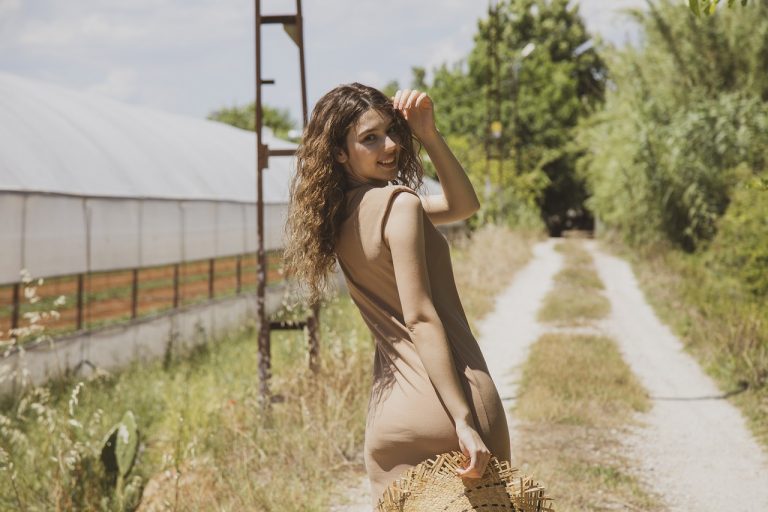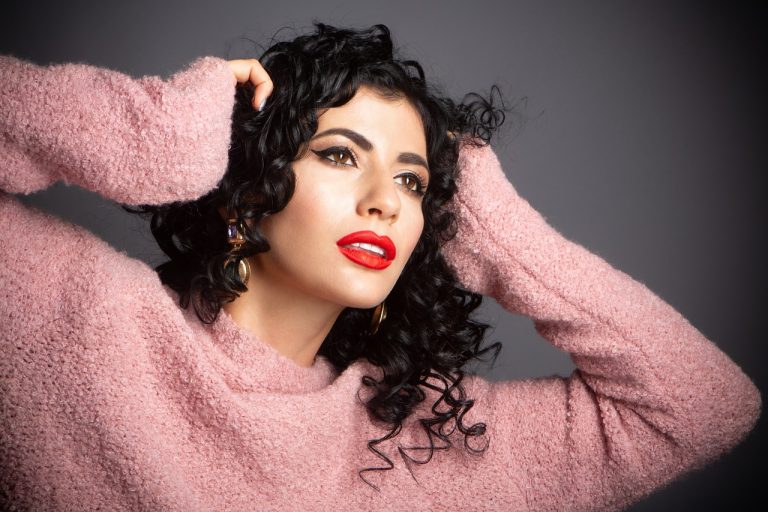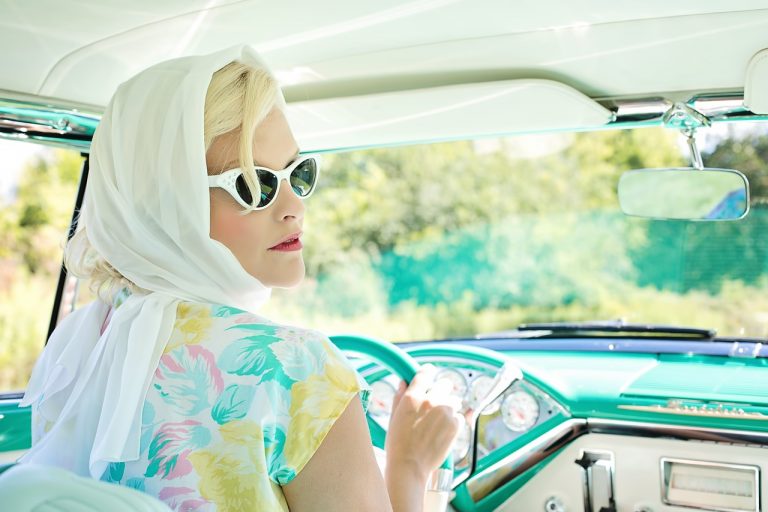The world of fashion is in a constant state of evolution, where trends come and go like the seasons. Staying ahead in this dynamic industry requires a keen understanding of the factors shaping the future of fashion. From technological advancements to cultural influences, the next big fashion trends are being forged in a crucible of innovation and creativity.
Introduction
The fashion landscape is a tapestry of ever-changing styles and preferences. Predicting the future of fashion is not just a trendsetter’s game; it’s a strategic move to remain relevant in an industry that thrives on novelty. In this article, we’ll delve into the realms of fashion forecasting, exploring the factors that will define the next big trends.
Current Fashion Landscape
Before peering into the future, let’s take stock of the present. Current fashion trends are shaped by a multitude of factors, from the runway to social media. Influencers have emerged as powerful catalysts, wielding significant influence over consumer choices. The interplay of colors, fabrics, and styles on global runways reverberates through the fashion ecosystem.
The Role of Technology
In the future, technology will play an even more pivotal role in shaping fashion trends. Virtual reality (VR) and augmented reality (AR) are poised to revolutionize the way consumers experience and interact with fashion. Imagine trying on clothes virtually before making a purchase or attending a digital fashion show from the comfort of your home.
Sustainable Fashion Revolution
The fashion industry is undergoing a paradigm shift towards sustainability. Consumers are increasingly conscious of the environmental and ethical impact of their fashion choices. This has given rise to a sustainable fashion revolution, with brands embracing eco-friendly practices and consumers demanding transparency in the production process.
Cultural Influences
In our interconnected world, cultural influences transcend borders, influencing fashion on a global scale. The fusion of traditional and contemporary elements creates a rich tapestry of styles. Future fashion trends will likely be a melting pot of diverse cultural influences, celebrating uniqueness and inclusivity.
Data-Driven Fashion
Data is the new currency, and the fashion industry is no exception. The integration of data analytics enables brands to decipher consumer preferences and predict trends accurately. Big data is shaping the fashion landscape by providing insights into market demands, thereby influencing design and production decisions.
Innovations in Fabrics and Materials
Advancements in textile technology are transforming the fashion landscape. From self-repairing fabrics to those with built-in technology, the materials of the future will be both functional and fashionable. High-tech fabrics, once confined to the realm of sci-fi, are now becoming the norm, setting the stage for innovative and sustainable fashion.
Inclusive Fashion Trends
The future of fashion is embracing diversity. Inclusive fashion trends will focus on representing various body types, ethnicities, and identities. The industry is moving towards a more inclusive space, where everyone can find themselves reflected in the designs and narratives of fashion.

FashionTech and Wearables
Fashion is not just about aesthetics; it’s becoming increasingly intertwined with technology. Wearable technology, from smartwatches to garments embedded with sensors, is blurring the lines between fashion and functionality. The integration of FashionTech opens up new possibilities for self-expression and personalization.
DIY and Customization Trends
As consumers seek unique and personalized experiences, do-it-yourself (DIY) and customization trends are gaining momentum. From designing your sneakers to personalizing accessories, the future of fashion is putting the creative power in the hands of the consumer.
Fast Fashion vs. Slow Fashion
The consequences of fast fashion are becoming more apparent, leading to a shift towards slow fashion. Consumers are increasingly valuing quality over quantity, favoring sustainable and ethically produced garments. The slow fashion movement is a response to the environmental and social impact of disposable, fast-paced trends.
Fashion Influencers vs. Traditional Marketing
The influence of fashion influencers is reshaping the marketing landscape. Social media platforms have become virtual runways where influencers showcase trends to a global audience. Traditional marketing methods are taking a back seat as brands increasingly collaborate with influencers to reach their target demographic.
The Influence of Celebrity Fashion
Celebrities have long been influencers in the fashion industry. However, the lines between celebrity and fashion are blurring further with celebrities launching their fashion lines and endorsing brands. The personal styles of celebrities are now significant drivers of fashion trends, creating a symbiotic relationship between fame and fashion.
Fashion Forecasting Techniques
Predicting the next big fashion trends involves a sophisticated interplay of traditional and modern forecasting techniques. While trend forecasting agencies continue to play a crucial role, advancements in technology, particularly artificial intelligence, are enhancing the accuracy and speed of trend predictions.
Conclusion
In the fast-paced world of fashion, predicting the next big trends is both an art and a science. From the integration of technology to a focus on sustainability and inclusivity, the future of fashion is set to be dynamic and diverse. Staying ahead in this ever-evolving industry requires a blend of creativity, data-driven insights, and a finger on the pulse of cultural shifts.











+ There are no comments
Add yours